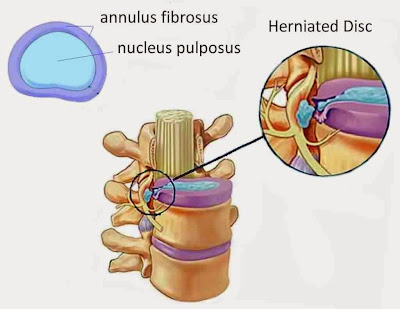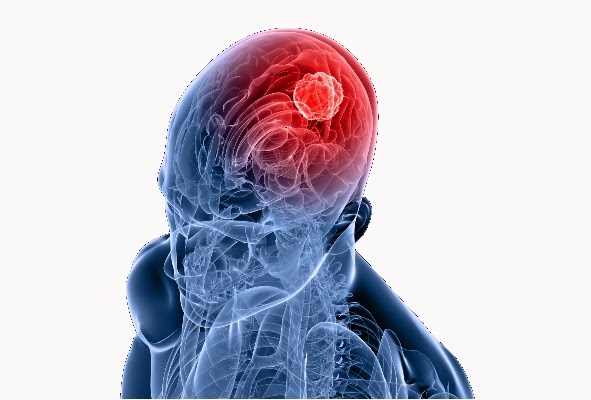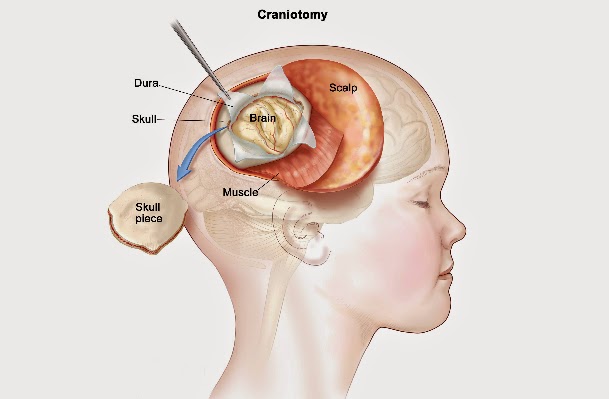These discs generally
known as Intervertebral Discs or Intervertebral fibrocartilage.They
are
placed
between the vertebrae and act as a ligament to hold them together in
the spine. Spine discs are predominantly assigned as a shock
absorber, besides it allows tiny movement in the spine.
Each disc has two parts :
- Nucleus Pulposus: Gel like center which is in layers of fibrocartilage called Nucleus Pulposus that helps to distribute pressure across the disc. Contains mucoprotein gel where loose fibers are suspended.
Totally 23 vertebral discs are there in the spine.
According to the damage with any disc, it may lead to different
symptoms such as back pain, sciatica, neck pain etc.
There are different disc related issues. Some of them
are:
- Slipped disc
- Degenerated disc
- Pinched nerve
- Bulging disc etc.
Slipped Disc
This condition also known as Herniated Disc. The disc's
inner gel like center covered by a tough outer covering called Anulus
Fibrosus. An injury or weakness in this ring leads to stick out of
the inner portion of the disc. This state called Slipped Disc.
The lower back portion of the spine is the most common
place for Slipped Disk.
Major symptoms are:
- Pain and numbness on one side of body.
- Pain that extends to arms or legs.
- Pain that increases after standing or sitting.
- Muscle weakness.
- Burning sensations in affected area.
Degenerated Disc
Decay of disc with
increase of age is known as Degenerated disc. Decrease in disc's
fluid content, cracks or tears on disc leads to degeneration or break
down of disk. A sudden injury may promote the process of
degeneration.
Major symptoms are
:
- Back pain
- Severe pain after sitting
Pinched Nerve
Nerve compression
or Pinched nerves occur due to pressure on nerves that because of
holding any body part in one position for a long time. It is also
caused when the nerves are pressed between bone, tendon or ligament.
Major symptoms are
:
- Numbness
- Weakness with activities
- Pain in compressed parts
Bulging Disc
Outer ring of disc
weakens with increase of age that cause stretching of outer ring due
to pressure from Nucleus called disc bulging.
The most common
area which affect the bulging of disc is lower back.
Major symptoms are
:
- Pain
- Numbness
- Weakness in arm, leg, neck.
Reasons of Spinal Disc Problems
- Aging
- Over weight lifting.
- Lack of exercise.
- Keeping same position for a long time.
Diagnosis
- X-ray is used to get images of the spine. But it is not possible to a get clear view of soft tissue.
- Magnetic resonance imaging(MRI) or computed tomography(CT) scan is used to get back clear view of soft and bony tissue.
- Myelogram test that enables the doctor to see the spinal cord and spinal nerve roots.
- Electromyelogram(EMG) is used to get the exact nerve which is affected.
Treatment
There
are different treatments are available for spinal disc problems. They
are,
- Transcutaneous electrical nerve stimulation(TENS) method is used for temporary pain relief with a device that applies a small current on nerve which is not painful.
- Acupuncture treatment gives relief from pain.
- Epidurals steroid injection reduces inflammation which is the result of disk herniation.
- Doctors suggest surgery for patients who show symptoms continuously.The various surgery methods are Microsurgery, Diskectomy, Spinal fusion, Laminotomy.
The Brain and Spine Centre or Gurukripa Advanced Neuro Care Institute provides you with all treatments related to Spinal Disc Problems like slipped disc, degenerated disc etc. and assisted with new facilities and expert surgeons.


















